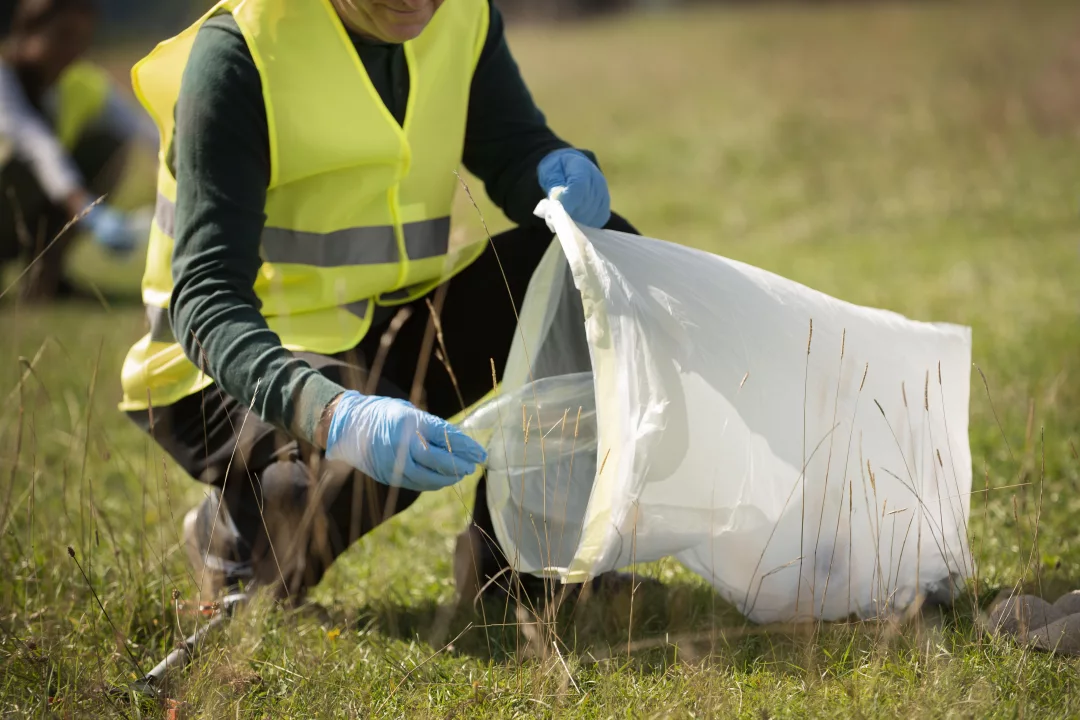Improperly Labeling Hazardous Waste Containers
It is incredibly important to stay up to date on hazardous waste management regulations in order to ensure safe disposal of hazardous materials. However, it can be difficult to keep track of all of the regulations and requirements. To help you stay compliant, here are five common hazardous waste management mistakes and how to avoid them.
When disposing of hazardous waste, it is absolutely essential that it is properly labelled and identified. The labels should clearly identify both the type and amount of hazardous materials inside the container, as well as the date the container was filled. Failing to properly label containers can lead to illegal dumping or improper handling of hazardous waste and can result in stiff penalties. In order to avoid this, make sure that any containers holding hazardous materials are adequately labelled and that all containers are dated.
Illegally Dumping Hazardous Wastes
Illegally dumping hazardous wastes is a major issue that can cause serious environmental damage and public health risks. It is important to be aware of any and all regulations pertaining to hazardous waste disposal in your area and to make sure that all applicable laws are being followed. This includes understanding the different meanings of phrases like “small quantity generator” and “large quantity generator”, as well as the different regulations that each type of generator is subject to. This also includes proper documentation and records of any and all hazardous waste transportation and disposal.

Need assistance finding hazardous waste removal & collection near you?
Get a QuoteNo Contingency Plan
In the event of an emergency, it is essential to have a plan that outlines how to safely and compliantly dispose of hazardous materials in a timely manner. Without a contingency plan in place, responding to and managing the spill or leak could take longer than it needs to and may result in more damages and higher costs. A good contingency plan includes steps on how to contain and clean up spills, as well as procedures in place for notifying both workers and the public regarding the emergency.
Keeping Too Much Waste On-Site
Storing hazardous waste on-site for too long can present a variety of problems. Not only can this lead to regulations violations, but it can also increase the chances of worker accidents and injuries. It can also cause contamination of facilities and/or the environment and can result in hefty fines and penalties. To avoid this, make sure to find ways to reduce on-site waste storage and implement regular disposal cycles.
Not Keeping Hazardous Waste Lid Containers Closed
Making sure that all hazardous waste containers are securely closed is incredibly important for protecting worker safety and ensuring that hazardous materials do not enter the environment. Containers should always be inspected regularly to make sure they are properly shut, and that their seals are secure and undamaged. If the containers are found to have any punctures or cracks, they should be disposed of immediately.
Hazardous waste management can be complex and confusing, but by avoiding these common mistakes, you can be sure that all hazardous materials will be disposed of legally and safely. To ensure compliance with all applicable regulations, it is strongly recommended that you work with a hazardous waste management expert or consultant to make sure you are following proper procedures.
In this article:
